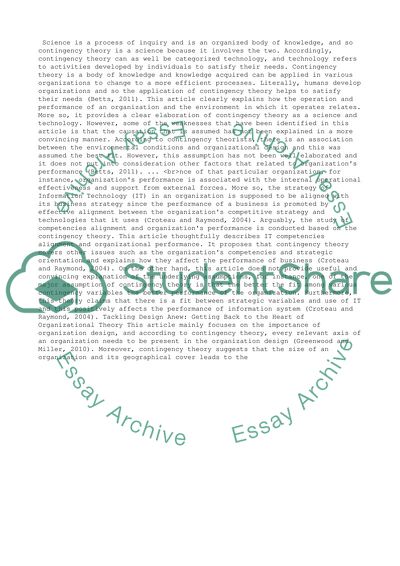Cite this document
(“Contingency Theory Research Paper Example | Topics and Well Written Essays - 1250 words”, n.d.)
Retrieved from https://studentshare.org/business/1495644-contingency-theory
Retrieved from https://studentshare.org/business/1495644-contingency-theory
(Contingency Theory Research Paper Example | Topics and Well Written Essays - 1250 Words)
https://studentshare.org/business/1495644-contingency-theory.
https://studentshare.org/business/1495644-contingency-theory.
“Contingency Theory Research Paper Example | Topics and Well Written Essays - 1250 Words”, n.d. https://studentshare.org/business/1495644-contingency-theory.


